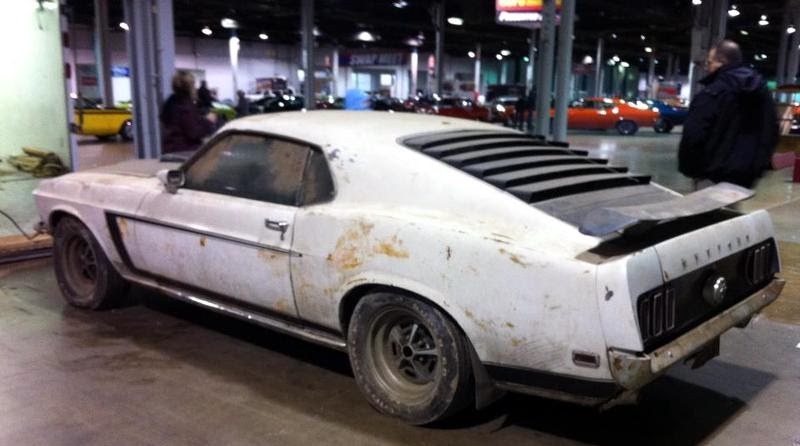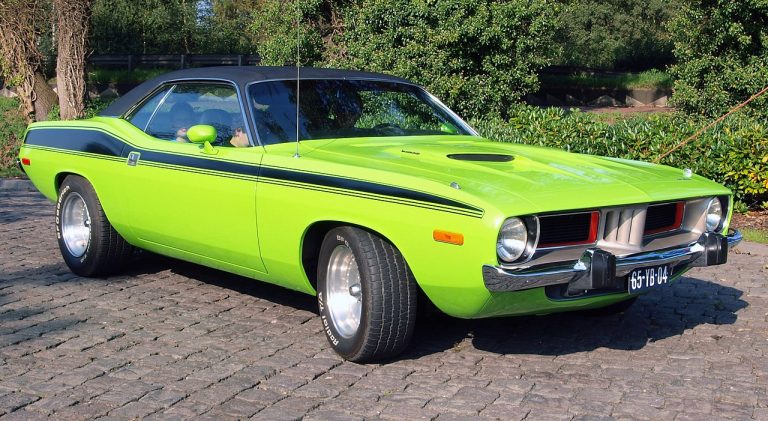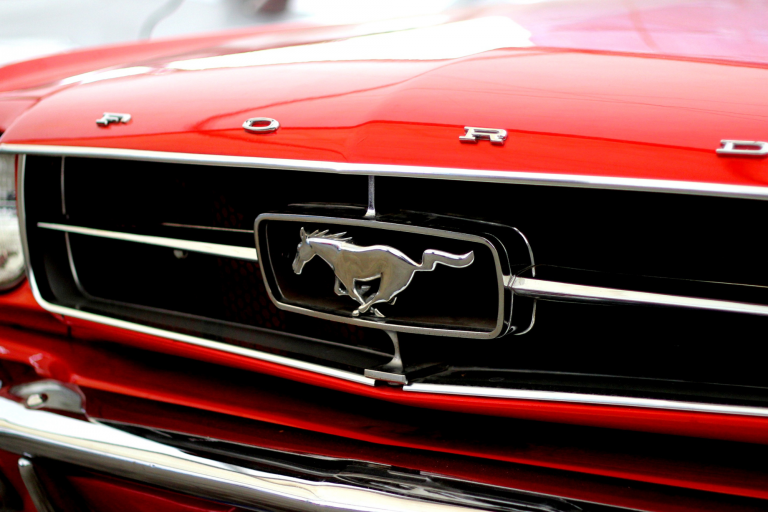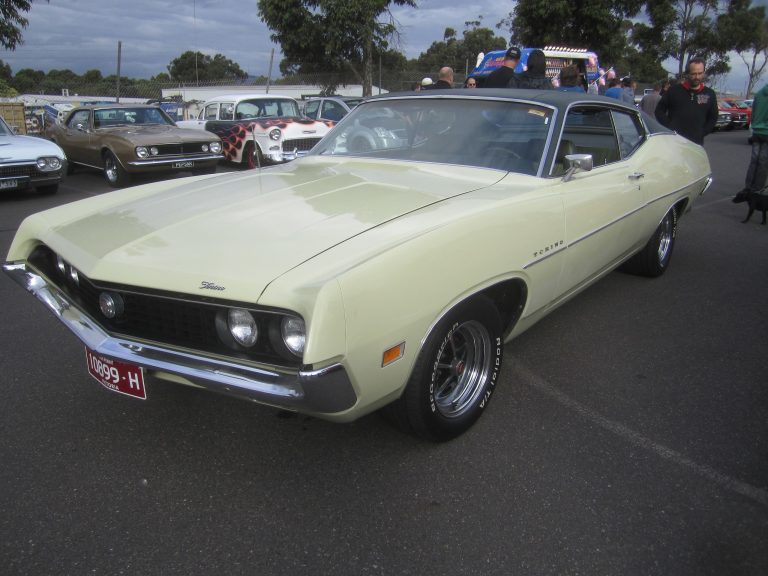Muscle Car Definition
Perhaps the most debated definition in the car community is what exactly is a muscle car. The term wasn’t even used until the late 1970s. In the 1960s they were often called “Super Cars” if called anything at all. Therefore, the actual definition of a muscle car, or which models were muscle cars, is a topic that is often disputed. Here is the general interpretation of what is a muscle car and what cars qualify, and which don’t.
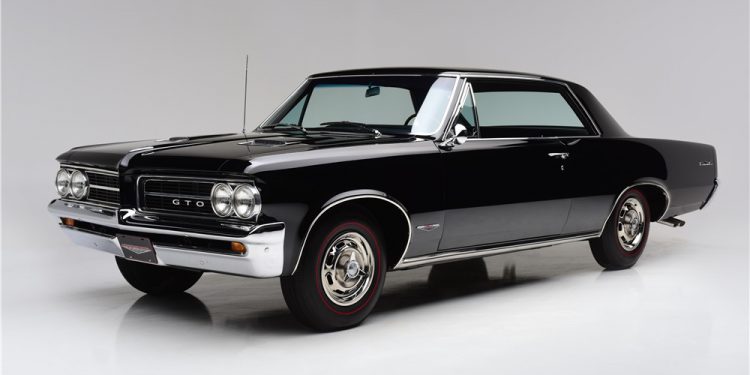
Muscle Car Definition: By Model
| Vehicle | Muscle Car? | Classification | Notes |
| AMC AMX | Yes | Pony Car | Even though it only has two seats, because it is based on the Javalin, it is a muscle car |
| AMC Javelin | No | Pony Car | Only the AMX variation or big block V8s are considered muscle cars |
| Buick GS | Yes | Intermediate Muscle Car | Based on Buick Skylark |
| Buick Riviera | No | Personal Luxury Car | Too expensive and big |
| Buick Skylark (non-GS) | No | Intermediate Car | Only GS versions are considered muscle cars |
| Buick Wildcat | No | Fullsize Car | Too large |
| Chevrolet Camaro | Yes | Pony car | Only SS and Z28 models are considered muscle cars |
| Chevrolet Chevelle SS | Yes | Intermediate Muscle Car | Only SS versions are considered muscle cars |
| Chevrolet Chevelle (non-SS) | No | Intermediate | Only SS versions are considered muscle cars |
| Chevrolet Corvette | No | Sports Car | The two seats, fiberglass body, and high price make it a sports car. |
| Chevrolet Impala SS | Yes | Fullsize Muscle Car | Only SS versions are considered muscle cars |
| Chevrolet Monte Carlo | No | Personal Luxury | Too expensive |
| Chevrolet Nova | Yes | Compact Car | Only SS versions are considered muscle cars |
| Chrysler 300 Letter Cars | No | Personal Luxury | Way too expensive and luxurious |
| Dodge Challenger | Yes | Pony Car | Only R/T versions are considered muscle cars |
| Dodge Charger | Yes | Intermediate Muscle Car | Only R/T versions are considered muscle cars |
| Dodge Coronet | Yes | Fullsize Muscle Car | Only R/T versions are considered muscle cars |
| Dodge Dart | Yes | Compact | Only Darts with 383 or 440 engines are considered muscle cars |
| Dodge Daytona | Yes | Specialty Muscle Cars | – |
| Dodge Super Bee | Yes | Intermediate Muscle Car | – |
| Ford Fairlane / Torino GT/Cobra | Yes | Intermediate Muscle Car | Only GT and Cobra models are considered muscle cars |
| Ford Galaxie | Yes | Fullsize muscle | Only Galaxies with 390 engines or larger are considered muscle cars |
| Ford Mustang | Yes | Pony Car | GTs, Mach 1’s and Boss Mustangs are considered muscle cars |
| Mercury Comet / Cyclone | Yes | Intermediate | Only GTs and Cyclones are considered muscle cars |
| Mercury Cougar | Yes | Pony Car | Only GTs, Eliminators, and Boss engine models are considered muscle cars |
| Oldsmobile 442 | Yes | Intermediate Muscle Car | – |
| Oldsmobile Cutlass | No | Intermediate | Only 442 models are considered muscle cars |
| Plymouth Barracuda | No | Pony car | Only ‘Cuda models are considered muscle cars |
| Plymouth ‘Cuda | Yes | Pony car | ‘Cudas with 340s are generally not considered muscle cars |
| Plymouth Duster | Yes | Compact Muscle Car | Only Dusters with 340s are considered muscle cars |
| Plymouth GTX | Yes | Intermediate Muscle Car | – |
| Plymouth Road Runner | Yes | Intermediate Muscle Car | – |
| Plymouth SuperBird | Yes | Specialty Muscle Car | – |
| Pontiac Catalina 2+2 | Yes | Fullsize Muscle Car | Only Catalinas with 400+ cid engines are considered muscle cars |
| Pontiac Firebird | Yes | Pony Car | Only Firebirds with 400 cid engines are considered muscle cars |
| Pontiac Grand Prix | No | Personal Luxury | Too expensive |
| Pontiac GTO | Yes | Intermediate Muscle Car | The first true muscle car |
Strict Definition of a Muscle Car:
An American muscle car, by the strictest definition, is an intermediate-sized, high-performance oriented model, powered by a large V8 engine, at an affordable price. Most of these models were based on “regular” production vehicles. These vehicles are generally not considered muscle cars, even when equipped with large V8s. If there was a high-performance version available, it gets the credit, and not the vehicle that it was based on.
Examples: Buick GS, Chevrolete Chevelle SS, Dodge Charger R/T, Ford Torino/Cobra, Plymouth GTX, Plymouth Road Runner, Oldsmobile 442, Pontiac GTO
Fullsize Muscle Car:
The strict definition only includes intermediate-size vehicles. In reality, performance-oriented intermediate-size vehicles didn’t appear until 1964. Before then, manufacturers took existing full-size vehicles and added extra performance to them. Because of this, early full-size performance vehicles are generally considered muscle cars.
Examples: Chevrolet Impala (SS only), Ford Galaxie (with 390 + cid engines only), Dodge Coronet (R/Ts only), etc.
Pony Cars and Compact Cars:
In addition to full-size and intermediate muscle cars, a number of smaller vehicles started appearing on the automotive performance scene. These new “pony cars” and compact cars are generally considered muscle cars only if they have the top of the line performance engines and options.
Examples: Chevrolet Camaro (SS and Z28 models only), Ford Mustang (GTs and Boss only), Plymouth ‘Cudas (no Barracudas), AMC Javelin, etc.
Personal Luxury Cars and Luxury Cars:
Although there were several personal luxury vehicles with performance engines and options, their heavy weight and high sticker prices went against the low-cost performance definition of American muscle cars. Therefore, they are not considered muscle cars.
Examples: Buick Riviera, Chrysler 300 Letter Cars, Pontiac Grand Prix, etc.
Two-Seat Sports Cars:
Two-seat sports cars such as the Chevrolet Corvette and the Ford Thunderbird are not considered muscle cars due to their high price and specialty nature. The only exception is the AMC AMX as it was relatively cheap, and was based on the AMC Javelin pony car.
Examples: AMC AMX, etc.



